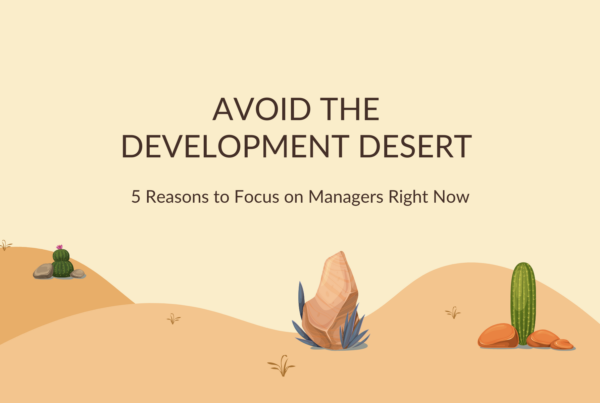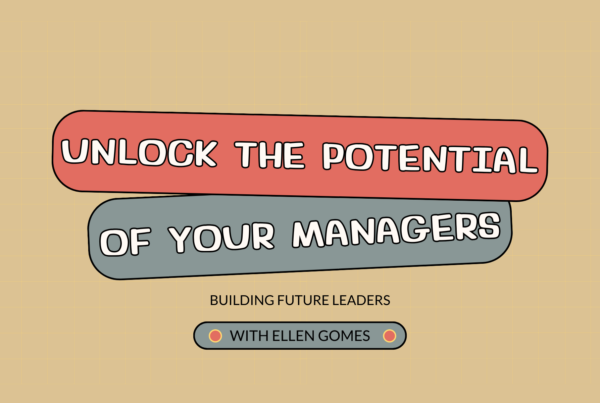Work-life balance is tenuous for a large percentage of workers, especially in the fast-paced environments of small- and medium-sized businesses. A 40-hour week can quickly turn into a 60- or 70-hour week as work tasks spill past the boundaries of nine-to-five.
Constant connectivity combined with a “get things done” attitude has people at all levels answering phone calls, replying to text messages, and putting out fires 24/7, every day of the week.
This mentality is, to put it mildly, unhealthy.
Even for workaholics that thrive in fast-paced, high-demand environments, work habits like this can be detrimental to both physical and emotional health. With 1 in 5 highly engaged workers at risk of burning out, work-life balance is a vital component of a healthy workplace culture.
Setting work-life boundaries will help employees stay happy, healthy and more productive, and there are many things leaders can do to establish those boundaries. Starting at the top, you can set an example, communicate the value of balance, and encourage healthier decisions from your team.
Start from the Top
One of the best ways to implement work-life boundaries is to model them yourself. By taking personal days, limiting your weekend availability, and setting a hard communication cut-off time, you show how important balance is as a core value of your company.
As a leader, employees will follow your example, and they are more likely to find value in an office that respects work-life boundaries. You can call a company-wide meeting and tell your employees how much you value healthy work-life balance, but at the end of the day, if you don’t practice what you preach, your colleagues aren’t going to take your workplace goals seriously.
Establishing Work Start/Cut-Off Times
Most discussions about work-life boundaries are aspirational at best. Leaders and HR specialists talk about changing the culture and encouraging healthy vacation habits, but it takes concrete steps to change workplace policies.
One of the easiest first steps you can take is to create firm “start” and “cut-off” times for work. And it starts with you. Take the first hour of every day to focus on yourself – go for a run, meditate, read a book; do something not related to work. Similarly, later in the day, set a cut-off time after which you won’t be available.
This is actually an area in which technology can be beneficial.
Yes, your phone makes it possible to stay connected around the clock, but it also offers tiered-communication methods. Set a cut-off time for Slack, SMS, and email, and make it clear you won’t be checking your device or doing non-essential work after a certain point in the day. This doesn’t cut you off from staff or clients who have urgent questions as they can still call, but it does communicate passively (when you don’t reply to those messages) that boundaries have been established.
Realistically, as a leader in your organization, this will be difficult. There will be days when you can’t turn everything off and when deadlines keep you going well into the evening, but if the “norm” is a healthier balance, these requests will happen less frequently.
The logical next step once you’ve established these boundaries is to communicate them to your employees. While you can’t force your employees to avoid email in the morning or log-off for good at 7pm every night, you can strongly encourage it. More importantly, for those who aren’t workaholics, there won’t be the implied pressure to work around the clock when emails flood in at 10pm.
Avoid setting tight deadlines that aren’t strictly necessary and communicate your expectations in advance to help employees understand that, as a company, yours is one that values their time, both personally and professionally.
Provide Perks and Flexibility to Encourage Smarter Decisions
Happier employees are healthier employees, and healthier employees are better long-term partners in the success of your company. Employees who work 70-hour weeks might accomplish more in the short term, but that kind of productivity is always fleeting. Eventually, they will burnout.
Overworked and no longer excited to come to work, productivity will plummet, and turnover will soar. So, you need them to take the balance between work and personal time as seriously as you do.
There are several things you can do to encourage, this do keep in mind that some employees will feel torn about participating in workplace activities designed to lighten the atmosphere, especially if they feel obligated to do so – hitting a deadline and still making it home for dinner with the kids by 6pm might mean skipping events or other workplace fun you implement. With that in mind, the following can be interesting diversions:
- Hold events to reward hard work – Have a company happy hour, picnic, or special dinner. These events make employees feel appreciated, lightens the mood in the office, and gives them an excuse to take time to unwind.
- Offer flexible schedules – Especially for parents with young children, scheduling can be a nightmare and the balance between home and work can be obliterated working the traditional 9-5 job. Flexible schedules allow for a more convenient workflow for your employees, who won’t feel pressed to neglect their personal lives.
- Make the office more fun – There will be times when long hours are a necessity to hit a deadline or push out an update that affects the bottom line. This doesn’t need to be a painful, exhausting experience, though. Make the office more fun by encouraging employees to take breaks, bring in games, go out to eat, or enjoy down time when possible.
Stress is normal. Long weeks will happen. But with the right mindset at the top, leaders can not only encourage, but show their teams how to maintain a healthier more sustainable work-life balance. This will lead to less burnout, lower turnover rates, and a happier, more energetic, and more creative staff.
To learn how our leadership development platform can help your workforce set clearer work-life boundaries, request a demo below.



